Are you familiar with Kevlar fabric? Do you want to know what is Kevlar fabric and what is Kevlar made of?
Table Of Contents
What is Kevlar Fabric?
Kevlar is a kind of organic fabric that belongs to the aromatic polyamide group of materials. Aramid fabric has a number of distinguishing characteristics that distinguish it from other fabric types.
This fabric comes with several exclusive features. Such as:
|
Features |
Details |
|
Also Known As |
Aramid Fiber Fabric |
|
Manufacturing Process |
Spinning and weaving of aramid fibers through wet or dry spinning, followed by heat treatment. |
|
Appearance |
Smooth and tightly woven; yellowish or golden tint. |
|
GSM Range |
150 GSM – 400 GSM |
|
Composition Range |
90%–100% Kevlar with optional blends of other aramids or reinforcing fibers. |
|
Construction Range |
Plain weave, twill weave, basket weave, or customized multi-axial weaves. |
|
Functionality |
TPU Coating, PU Coating, Water-Resistant (W/R), Polyvinyl (PV), PVC Coating options depending on application. |
|
Possible Thread Density Range |
190T – 420T |
|
Count Variations |
600D, 840D, 1000D, and higher. |
|
Full Width |
57/58” or 59/60” |
|
Fabric Breathability |
Low to moderate breathability depending on coating and construction. |
|
Moisture-Wicking Abilities |
Minimal; primarily designed for durability and protection rather than moisture management. |
|
Heat Retention Abilities |
High; excellent thermal resistance. |
|
Stretchability |
Minimal; inherently stiff with low elasticity. |
|
Prone to Pilling/Bubbling |
Not prone; highly resistant to abrasion and wear. |
|
Country First Produced |
United States (1965 by DuPont) |
|
Biggest Exporter Country |
China (Estimated 25,000+ metric tons annually). |
|
Recommended Washing Temperatures |
Hand wash or machine wash in cold water (<30°C); avoid high heat during drying or ironing. |
|
Applications |
Bulletproof vests, helmets, cut-resistant gloves, aerospace components, racing suits, industrial belts, ropes, and reinforcement fabrics. |
Kevlar is a material that has remarkable strength and tensile strength. Because of the method, the fiber is created, which includes the use of inter-chain bonds in addition to cross-linked chemical bonds that stick to the chains, the fiber is robust. Hewlett-Packard (HP) designed it for high-performance industrial as well as advanced applications. Kevlar has a very high tensile strength.
It has a one-of-a-kind combination of strength, high stiffness, toughness, as well as thermal stability, among other characteristics. When it comes to tensile strength, Kevlar outperforms steel by a factor of more than 10 times. Besides its exceptional heat resistance and flexibility, Kevlar also boasts outstanding ballistic resistance and cut/puncture resistance. Currently, several different varieties of Kevlar are being created to fulfill the needs of a diverse spectrum of end-users.
Types of kevlar Yarn
- Kevlar – Tire cord yarn
- Kevlar 29 – Multipurpose yarn
- Kevlar 49 – High modulus yarn
- Kevlar 68 – Moderate modulus yarn
- Kevlar 100 – Coloured yarn
- Kevlar 119 – High elongation yarn
- Kevlar 129 – High tenacity yarn
- Kevlar 149 – Ultra high modulus yarn
What is Kevlar Fabric Made of?
Kevlar is a synthetic material created from the chemical compound poly para-phenylene terephthalamide. The Kevlar manufacturing process undergo low-heat polycondensation. It is an alkylamino group solvent such as dimethylacetamide, followed by a condensation reaction. It is necessary to separate the polymer produced by this reaction system from the rest of the system by precipitating it with water, neutralizing it, and then washing and drying it.

To produce Kevlar fiber or thread yarns, the polymer and also sulphuric acid solutions will be exposed to dry-jet wet spinning. Because the Kevlar polymer dissolves in temperature before reaching the temperature of the liquid, melt spinning is not employed.
Characteristics of Kevlar Fiber

Kevlar fibers have characteristics that distinguish them from other threads. The tensile strength and also l modulus of this fiber are substantially greater than those of previous organic fibers, whereas fiber elongation is significantly lower. Let's take a look at the Characteristics of Kevlar.
Excellent Tensile Strength
When a fabric is tugged, its tensile strength is the highest stress it can withstand before separating. Tensile strength is a measurement of how much load a fabric can withstand before breaking. Nylon has a tensile of roughly 75 megapascals, while Kevlar has a recorded tensile of about 3,620 megapascals.
Better Heat Resistance
Kevlar does not lose strength under severe cold or heat. Kevlar is great for flame-resistant apparel, such as gloves and work attire. Protective gear made of Kevlar can withstand temperatures up to 800°F, making it perfect for production areas where heat is a risk.
Great Flexibility
Kevlar fiber allows producers to make flexible but robust items. Kevlar is perfect for garment applications because it can be cut and tailored to fit. Workers in a variety of sectors don't have to give up dexterity to be safe when wearing Kevlar PPE. Kevlar is ideal for gloves, jackets, and more.
Ballistic Resistance
Kevlar fiber allows producers to make flexible but robust items. Kevlar is perfect for garment applications because it can be cut and tailored to fit. Workers in a variety of sectors don't have to give up dexterity to be safe when wearing Kevlar PPE. Kevlar is ideal for gloves, jackets, and more.
Kevlar Fabric Advantages
Not only does Kevlar have a low weight and excellent strength, but it also offers a number of other benefits. It's impact and scratch-resistant, and it's pretty stable at high temperatures. Kevlar is often used with other materials to create textiles with improved qualities, such as fire-resistant clothes for firefighters.
Kevlar is used in particular high-end walking boots as it is both waterproof and breathable when mixed with other fabrics as a composite. Kevlar keeps its flexibility when combined with rubber in a composite. This composite is used to make the fuel tanks for Formula One racing cars.
Even in the case of an accident, the tank will keep the gasoline secure. Even after a high-speed collision, the fabric cannot be ripped apart by other automotive components. The gasoline does not leak or escape, preventing fires and explosions. The lightweight tank contributes to the vehicle's overall weight reduction, resulting in a quicker racing car.
Kevlar fabric Applications
Kevlar fabric is widely used in different sectors of the textile industry. Since this fabric has an excellent ballistic resistance feature, it is widely used in armor systems. Kevlar is also helpful in clutches that are subjected to a great deal of frictional stress due to their design.
Using Kevlar-reinforced gaskets increases the gasket's durability because of its chemical and heat resilience. Kevlar is used in the marine industry and maritime composite vessels to minimize weight without sacrificing strength. You can also use this fabric to manufacture different Automotive Components.
Key Applications of Kevlar material areas:
- Brake pads
- Gaskets
- Clutches
- Vehicle armor
- Marine Composites
- Armor system
- Aerospace, Marine, & Rail
- Automotive Components Reinforcements
- Automotive Hoses & Belts Reinforcements
- Fiber Optics
- Military Helmets
- Ropes & Cables
- Sporting Goods Apparel & Accessories, etc.
You May Like also:





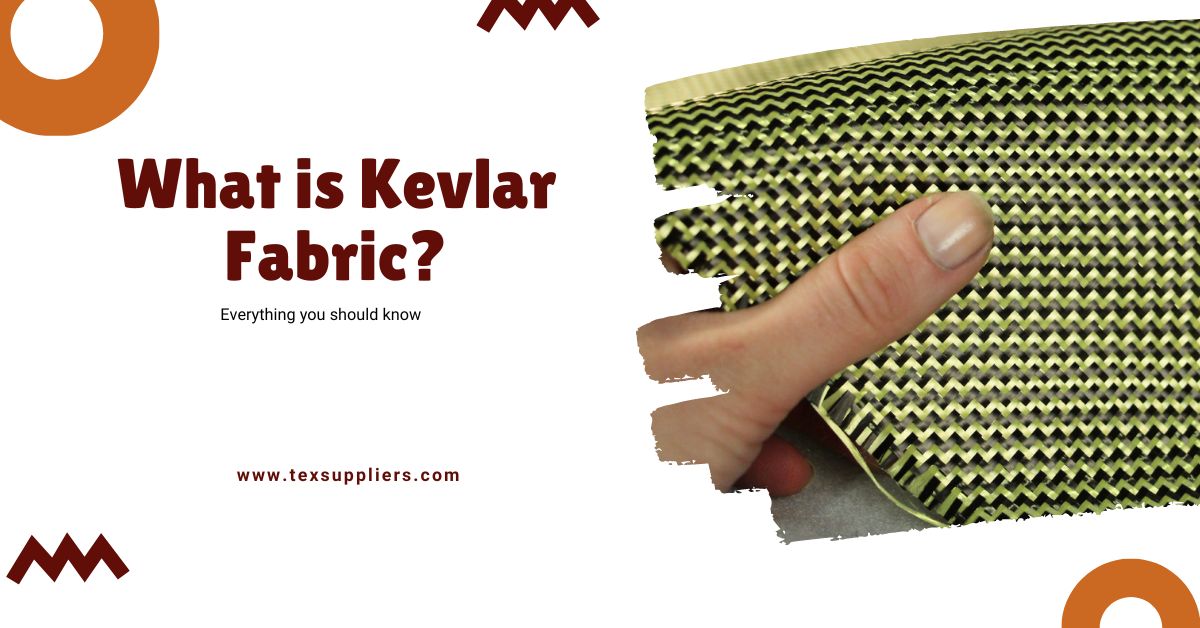

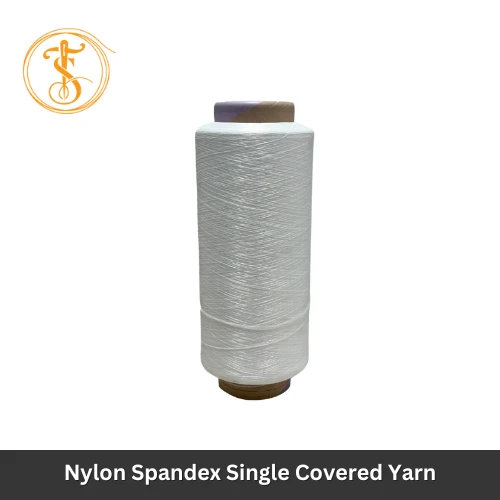
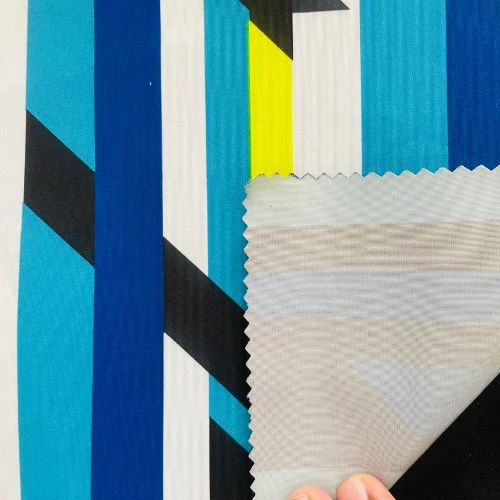
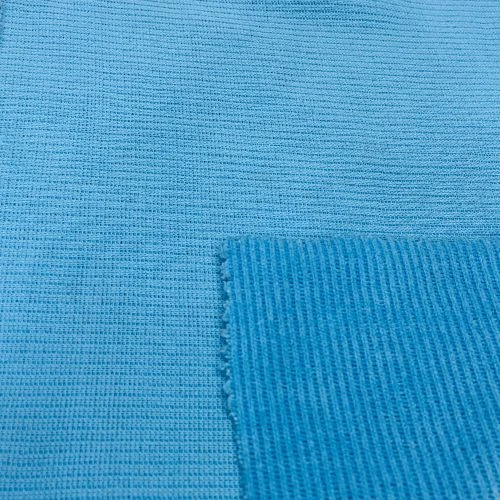
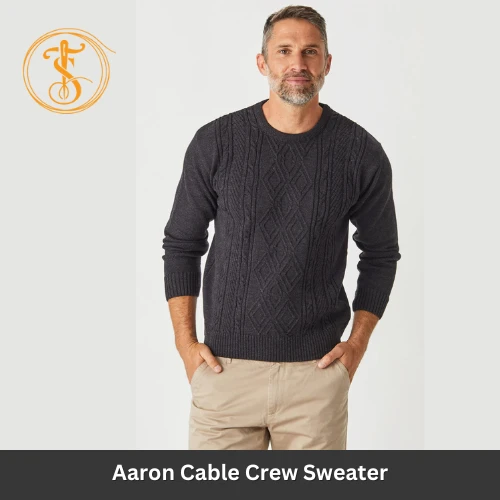
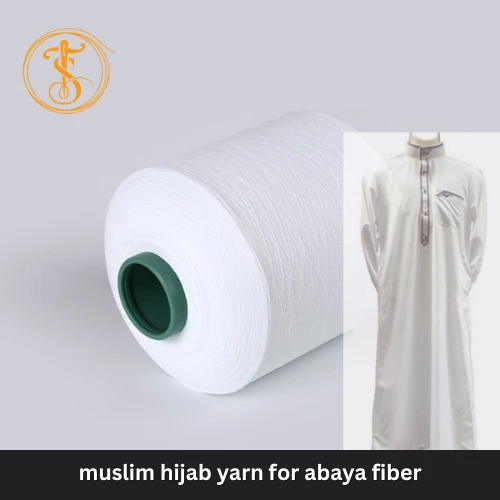
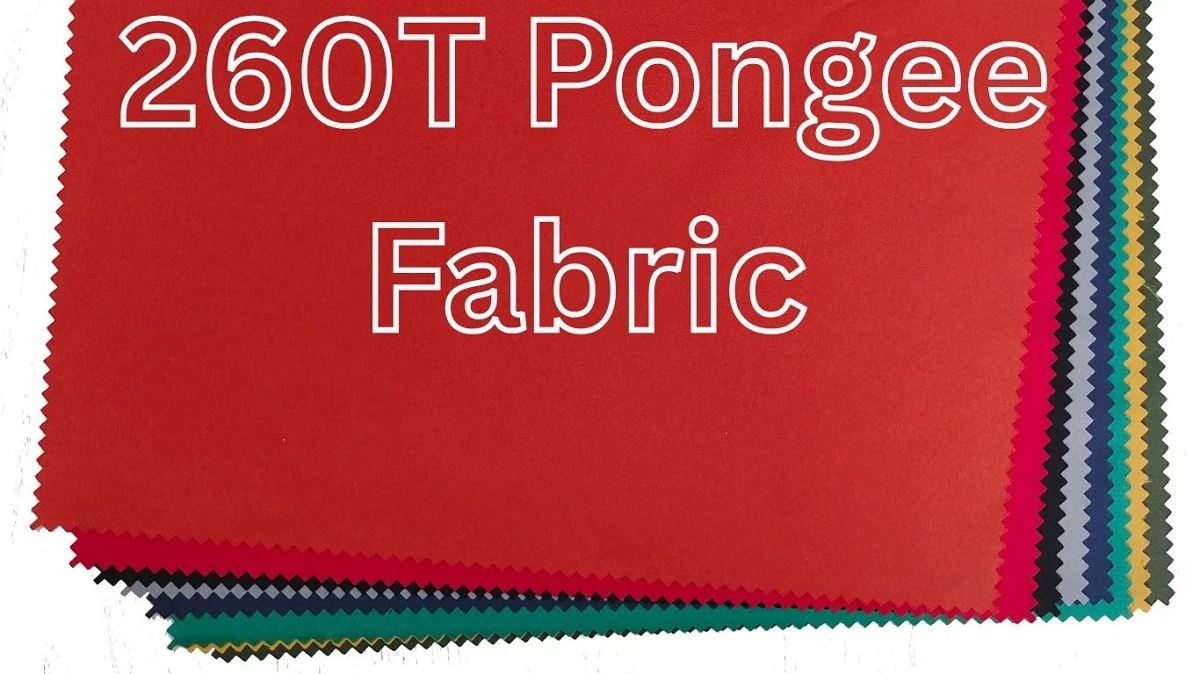
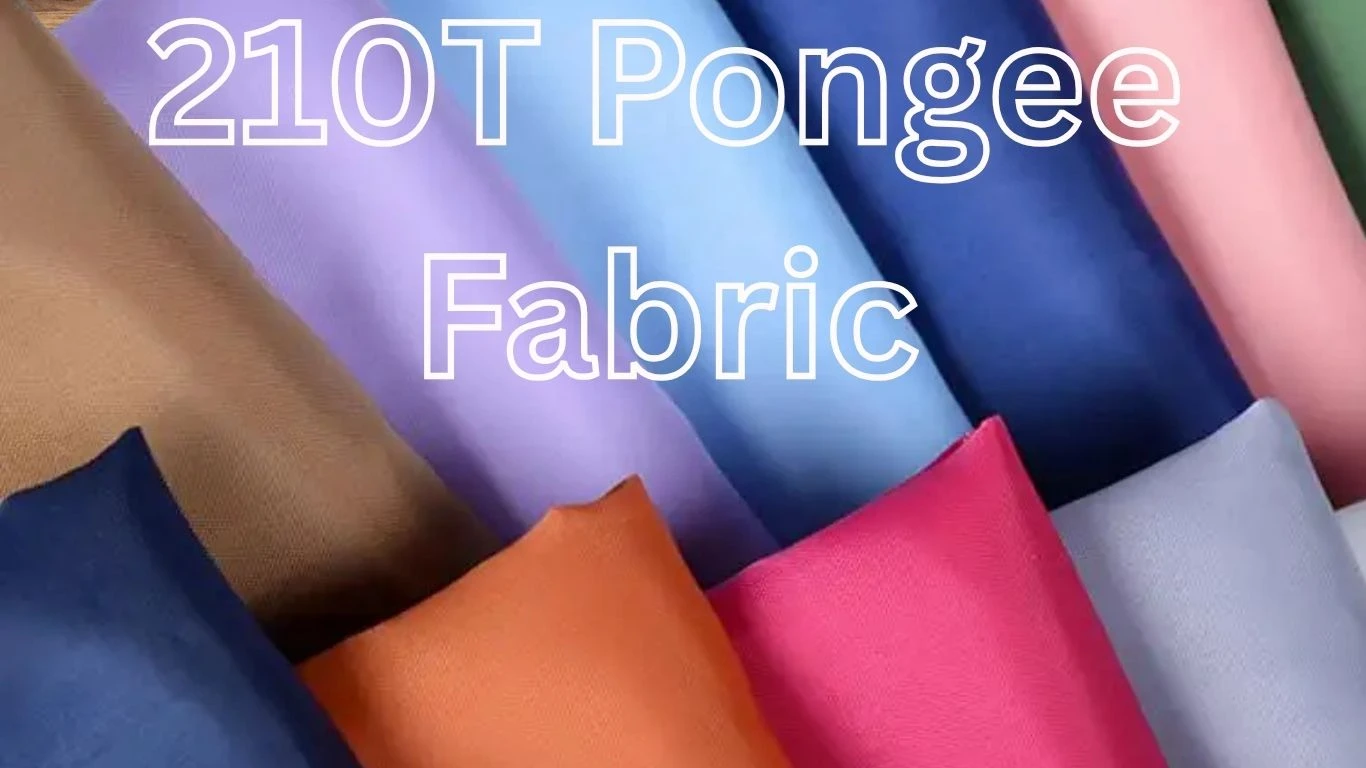
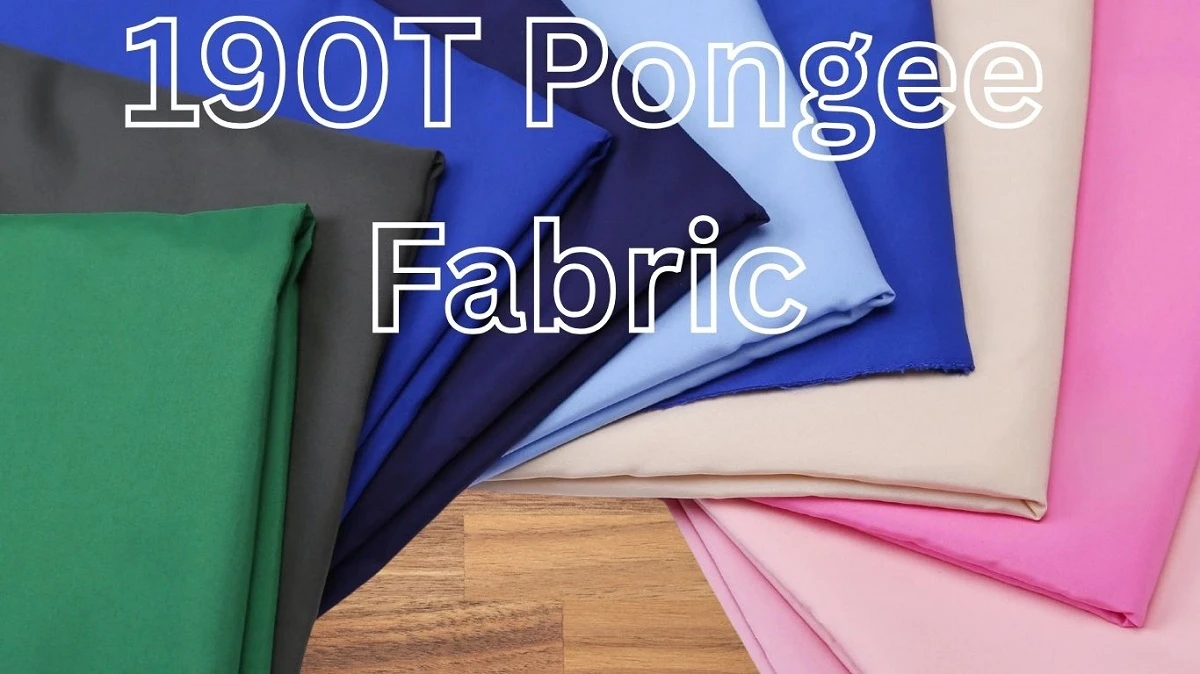
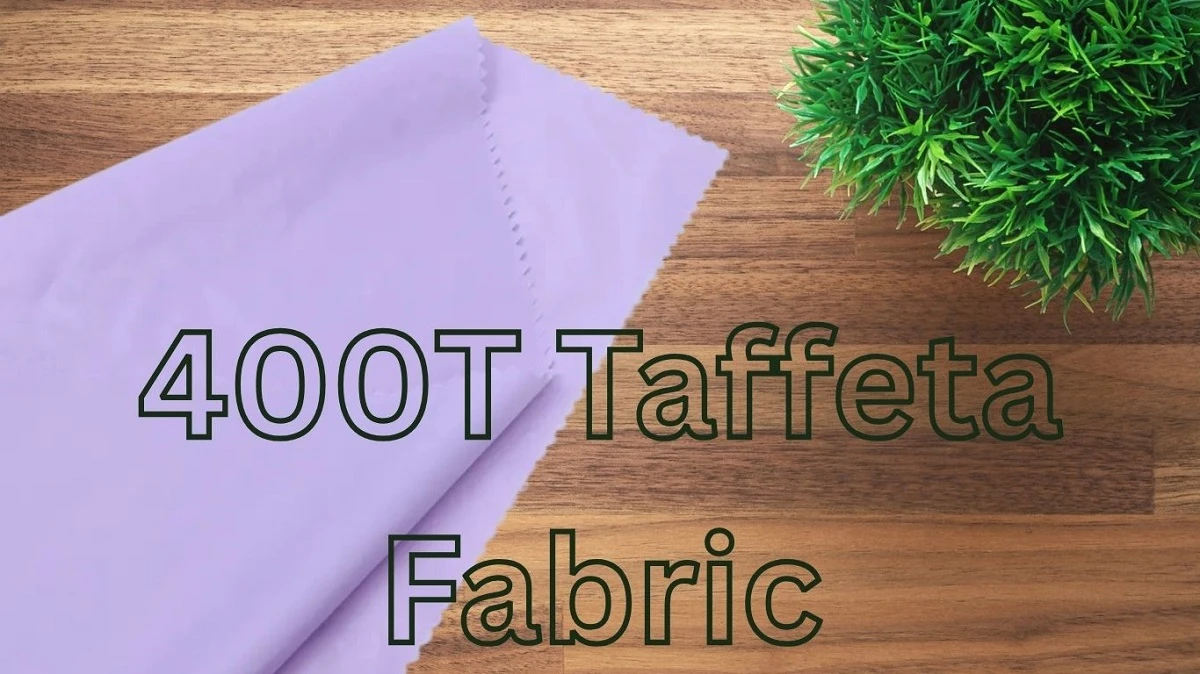
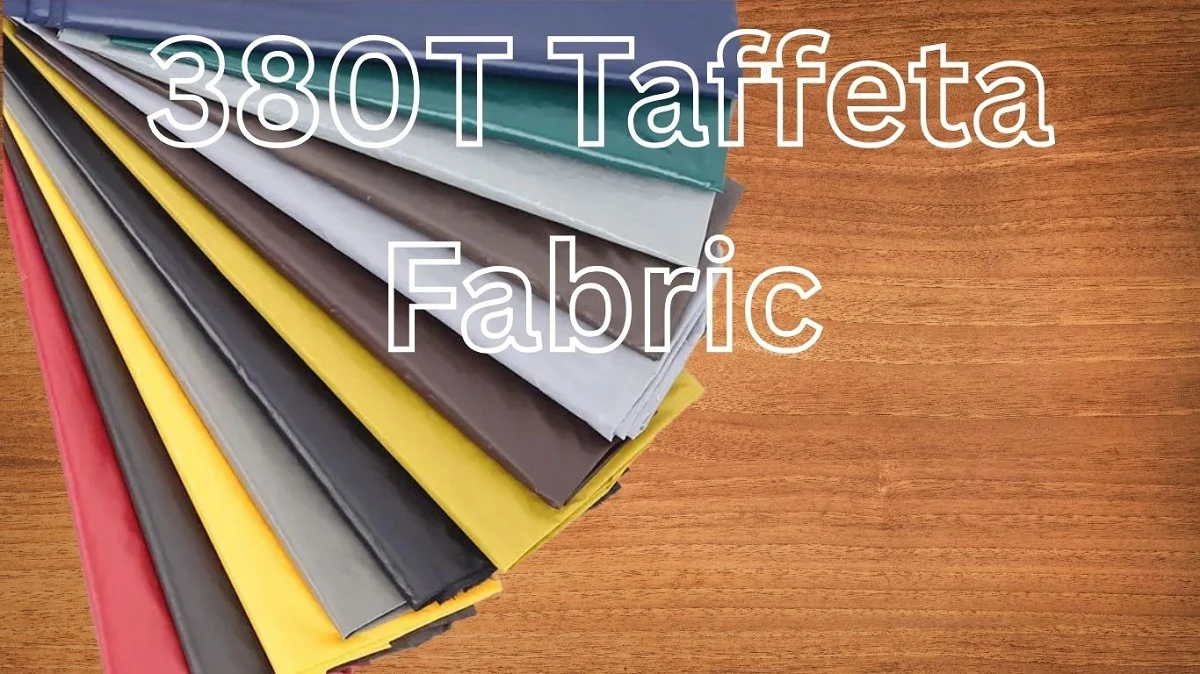
Comments - 00
Leave A Reply
Thanks for choosing to leave a comment.